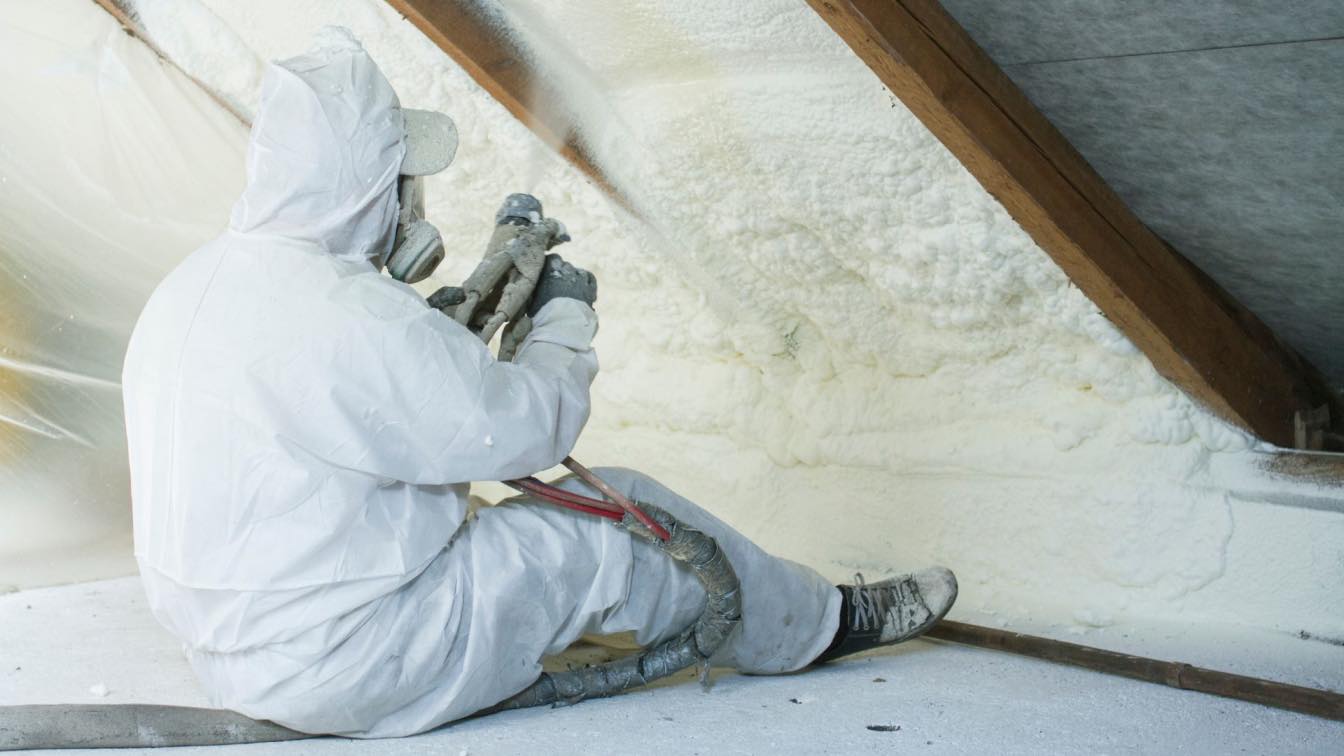There is so much to know when you’re a homeowner. How can you tell if your pipes are leaking? Is there a way to know if your insulation is outdated? Which fertilizer should you lay during the different seasons? It’s never-ending.
Speaking of insulation, you should understand the basics. There are several insulation types on the market, and you should familiarize yourself with the most commonly used.
Spray Foam Insulation
Spray foam insulation expands and grows, filling cracks, crevices, leaks, and gaps. Professionals spray the product into the wall cavity, where it rapidly grows and hardens into solid insulation.
There are two types of spray foam insulation: closed cell and open cell. Closed-cell spray foam has one of the highest R-values of any insulation type. Spray foam is one of the more expensive insulation types on the market, but homeowners love it for its dependability.
Foam Board and Rigid Foam Panel Insulation
Rigid foam panels and foam boards work great for unfinished basement walls, ceilings, floors, and unvented low-slope roofs. They can reduce a home’s energy consumption better than most insulation types on the market. Who doesn’t love saving money on energy bills? Many homeowners use this insulation type in interior and exterior wall sheathing.
Cellulose
Cellulose, or loose-fill insulation, comes from recycled materials, like denim or newspaper. You read that correctly—denim! Those old jeans you never wear anymore could become cellulose insulation. Professionals blow this type into the space, which is typically horizontal structural areas (walls) and attics. You can also install this insulation type yourself by wearing gloves and spreading the material around in small spaces. Leave the larger areas to the experts.
Blanket Batts and Rolls
You can find blanket batts and rolls made from fiberglass, sheep’s wool, plastic fibers, and mineral wool. It’s common to discover this insulation type in many residences across America. It’s also one of the least expensive insulation options and is incredibly easy to install yourself. It does a fantastic job of increasing your home’s energy efficiency if installed correctly.
Pro DIY Insulation Tip
Ensure you wear proper protective gear because fiberglass is a skin and lung irritant.
The history of residential insulation has come a long way since ancient times. People once used mud, sticks, and bricks to prevent harsh outdoor elements from entering their homes. Talk with a local insulation professional if you need to update your home’s insulation. Understanding the various types will help you determine which is right for your house.





